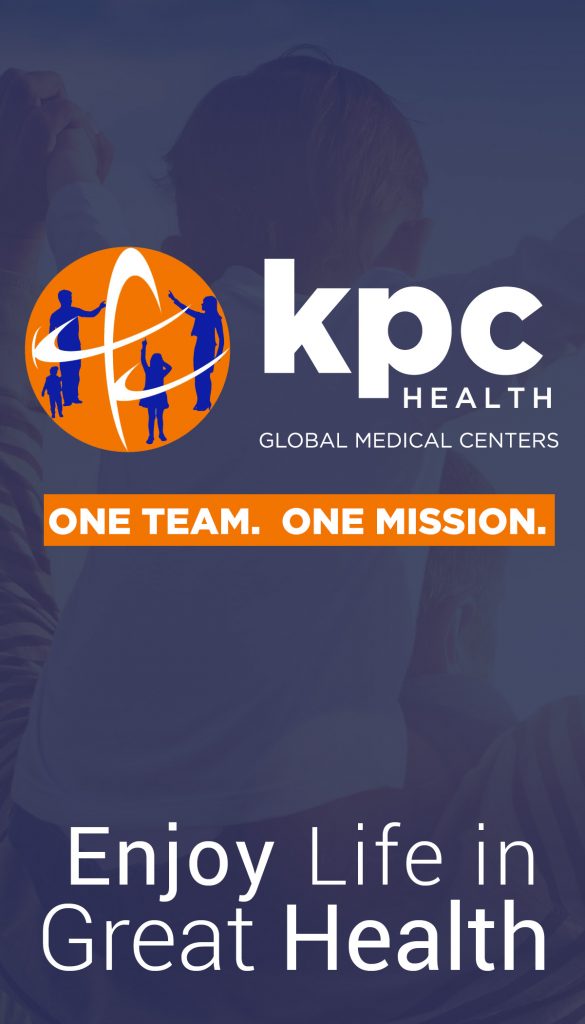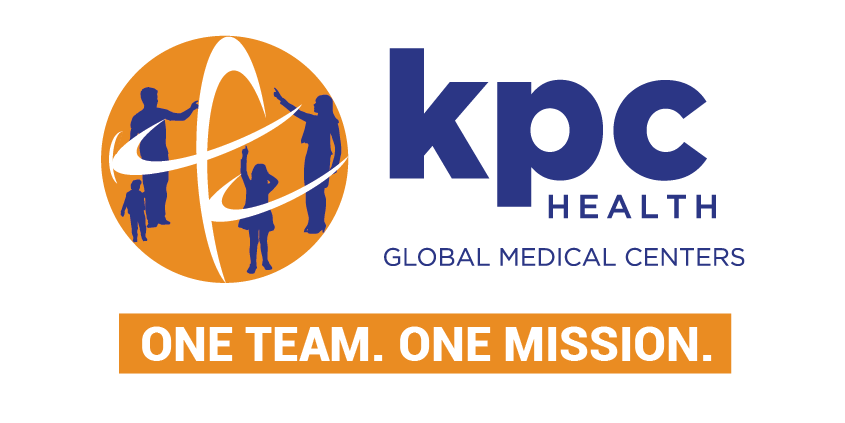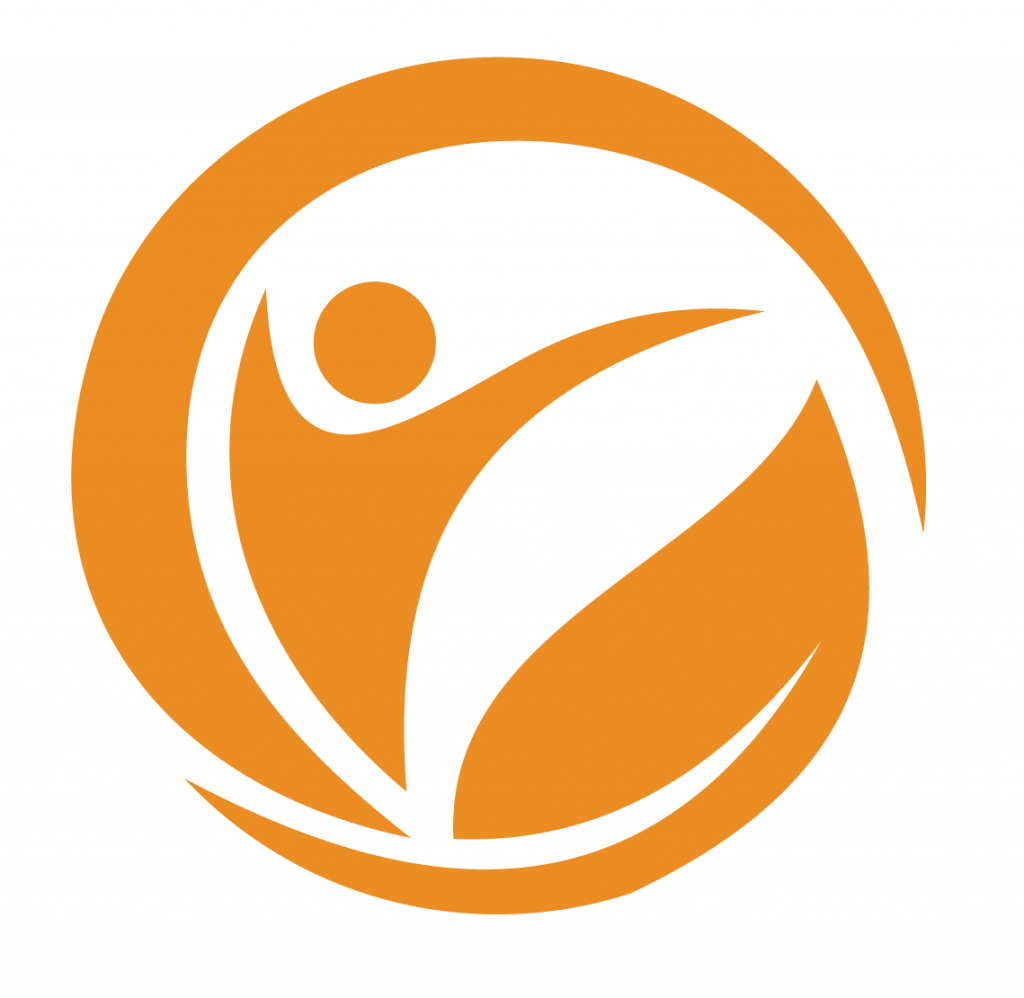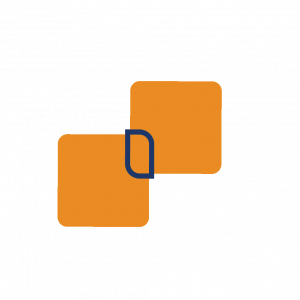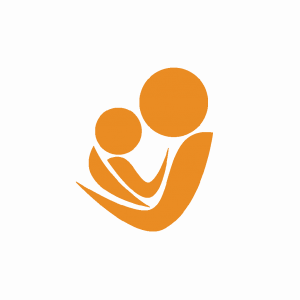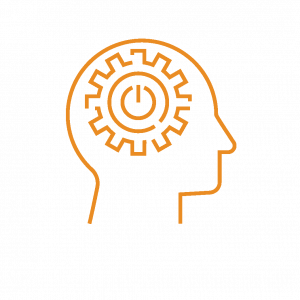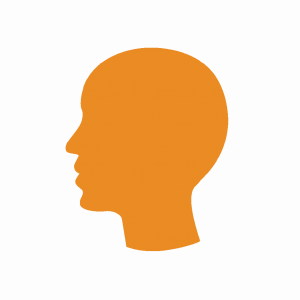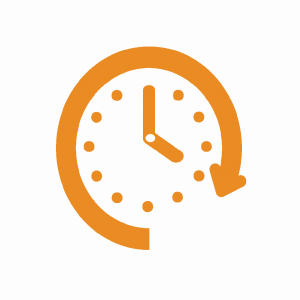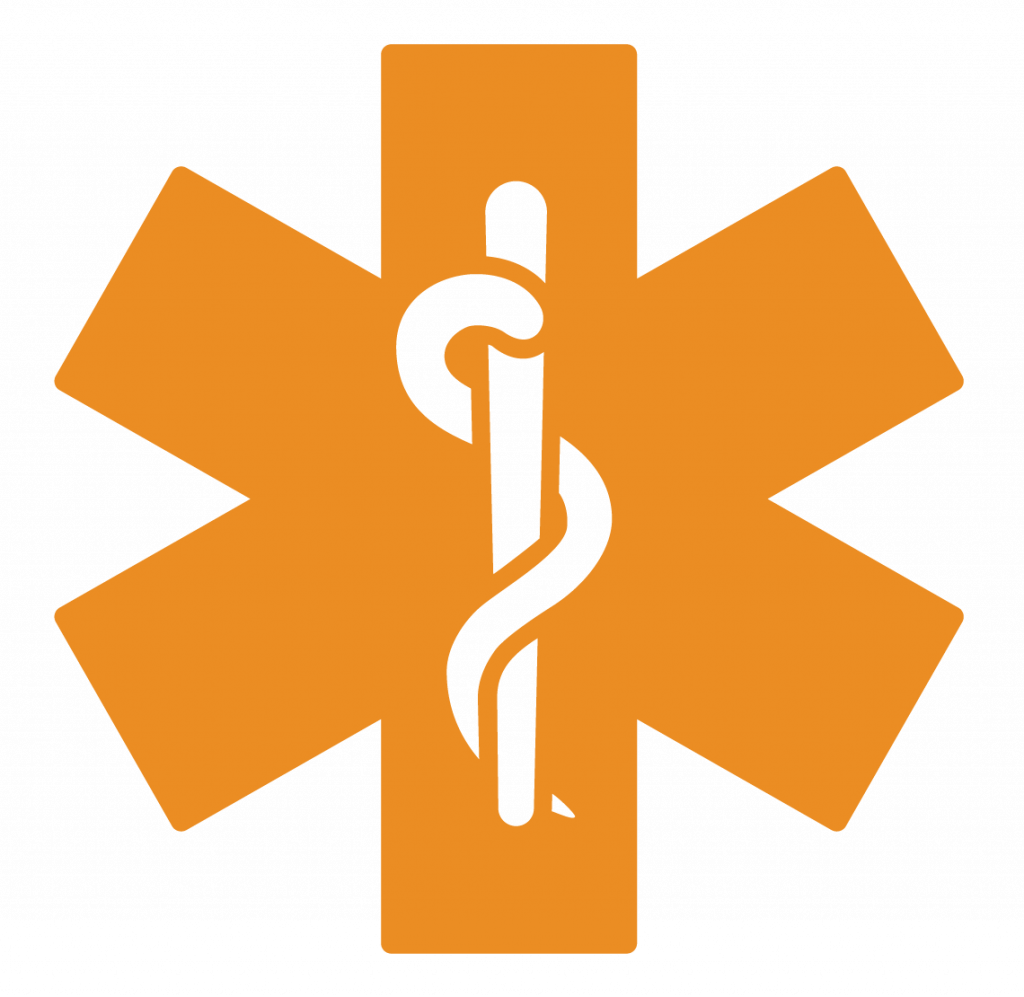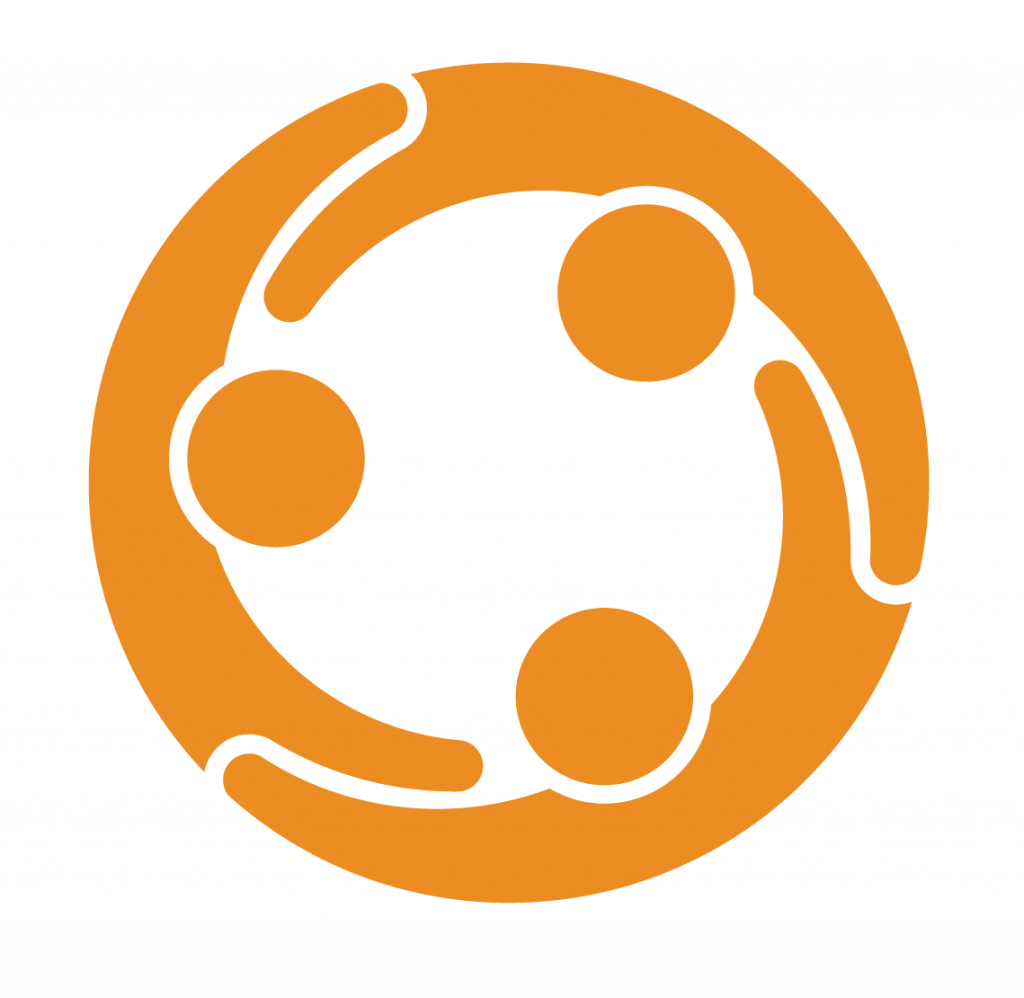Are You Concerned About Heartburn and Acid Reflux?
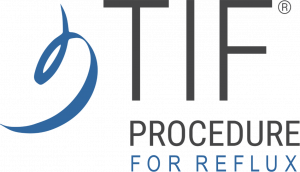
What is TIF?
Differences between TIF and conventional surgery include:
• Incisionless Approach: TIF does not require any incisions, which means less discomfort, faster recovery and no abdominal incisions.
• No Dissection: Laparoscopic surgery requires dissection which can increase the risk of complications and adhesions as well as recovery time.
• Strong Safety Profile: Over 25,000 patients have been treated with fewer adverse events and complications than conventional antireflux surgery.*
• Clinically Proven: 81% of people are completely off of daily PPl medications and less than 3% experience gas bloat and dysphasia after the TIF procedure. *
The TIF procedure may not be appropriate for your condition and results may vary. Talk to your doctor about benefits and risks. This message is co-funded by EndoGastric Solutions
Download Our Factsheet For More Information
Contact KPC Health’s Heartburn and Reflux Relief Center to discover your treatment options
(714) 850-4901.
Our Mission
